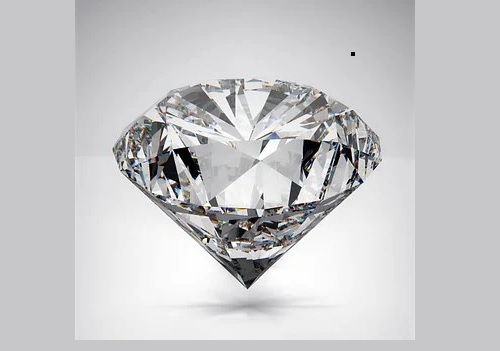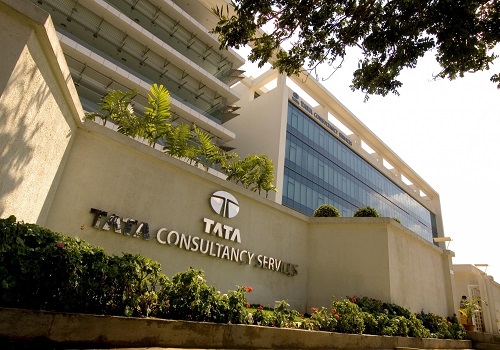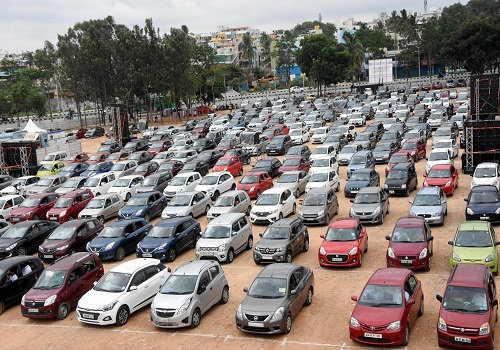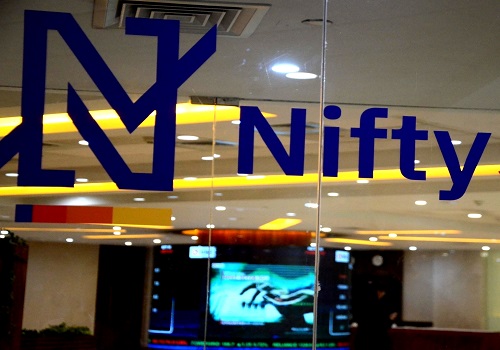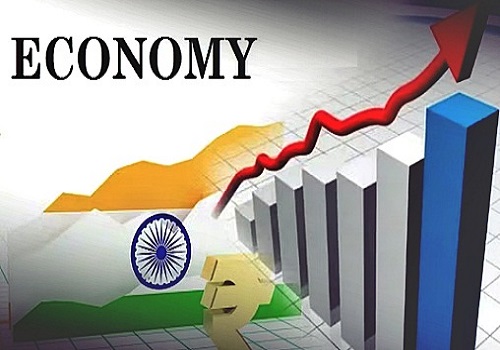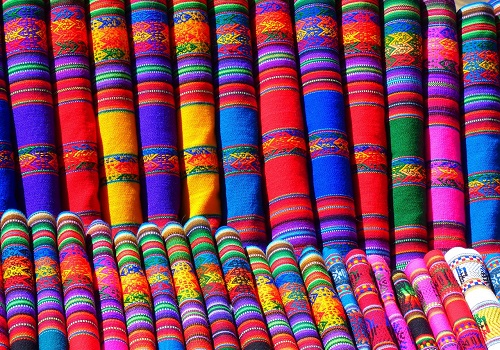Haryana pips Punjab on both nationís GDP share, per capita income accounts: EAC-PM paper
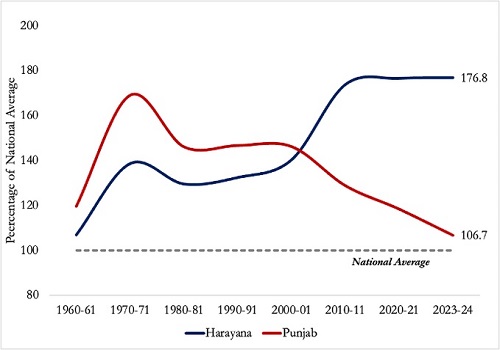
Haryana’s share of India’s gross domestic product (GDP) now exceeds that of Punjab, and its relative per capita income has reached 176.8 per cent, compared to Punjab's 106.7 per cent, in 2023-24, a paper by the Economic Advisory Council (EAC) to the Prime Minister revealed on Tuesday.
Punjab and Haryana, which were once part of the same state, have experienced diverging economic trajectories.
"Punjab’s GDP share grew during the 1960s, mainly due to the Green Revolution, but then plateaued at around 4.3 per cent until 1990-91. It began to decline thereafter, finally reaching 2.4 per cent in 2023-24,” the paper noted.
In contrast, Haryana’s share continued to rise, although it has remained relatively stable since 2010-11. Haryana’s share in India’s GDP was 3.6 per cent in 2023-24.
"It is likely that the success of Gurugram accounts for some part of Haryana’s increasing share," the paper added.
Similar trends were seen in terms of relative per capita income. Punjab’s per capita income peaked at 169 per cent of the national average in 1970-71 and has since declined to 106.7 per cent of the national average in 2023-24, even lower than the 119.6 per cent in 1960-61.
Haryana, which initially lagged Punjab on both GDP share and per capita income accounts, has continued to show robust performance.
"This raises an interesting question: Did Punjab's focus on agriculture contribute to a form of 'Dutch disease', hindering its transition to industrialisation?" asked the paper.
In economics, ‘Dutch disease’ is the apparent causal relationship between the increase in the economic development of a specific sector and a decline in other sectors. According to the EAC-PM paper, in 1960-61, Punjab's share of India's GDP was 3.2 per cent, while Haryana's was 1.9 per cent.
Following the Green Revolution, both states experienced a boom in agriculture, leading to increases in their shares. Punjab’s share rose to 4.4 per cent and Haryana’s to 2.7 per cent by 1970-71. Himachal Pradesh, which was also separated from the original state, had a GDP share of 0.7 per cent in 1970-71. Its share has generally remained at this level since then, said the paper.
According to the EAC-PM paper, the divergent performance of Haryana and Punjab warrants further investigation to understand the underlying policy implications. Punjab’s relative per capita income has declined after the 2000s, while Haryana, which was once behind, has surpassed Punjab on both economic indicators.


